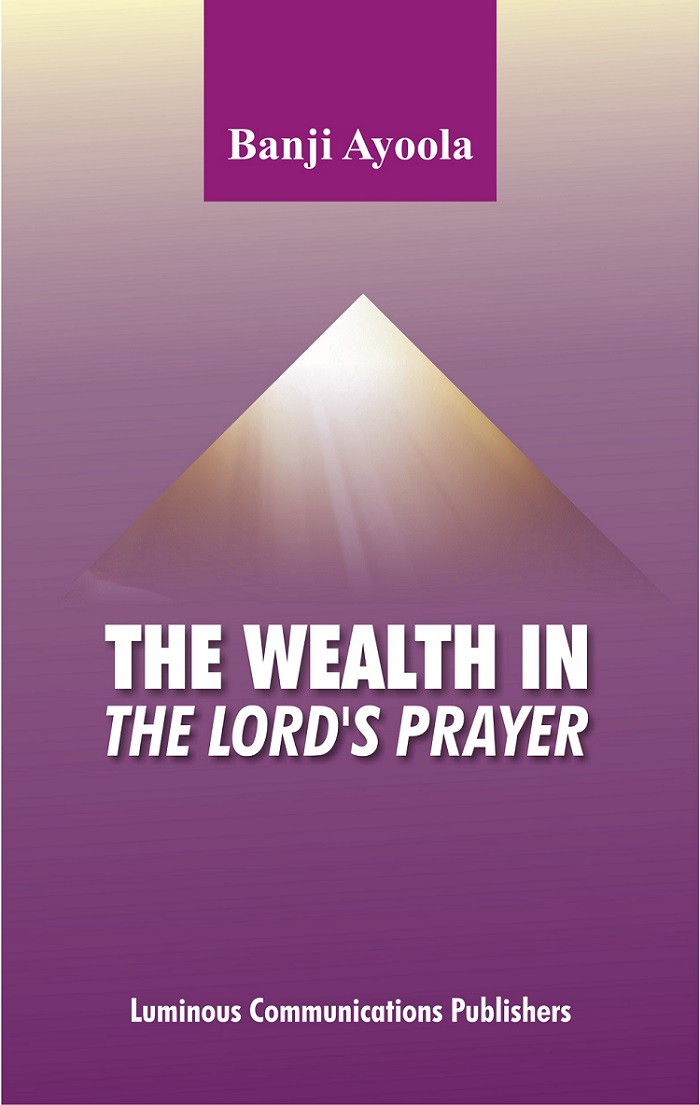Title: Onigegewura Echoes Across the Niger: Historical tales of contemporary events in Nigeria
Author: Lanrewaju Akinsola
Publisher: ASCO Publishers, Lagos
Publication date: 2018
Reviewer: Joe Agbro Jr.
From a man’s history, you can have an idea of his story. However, without his history, there will be that yawning gap in his story. Likewise it is for all peoples, places and things. So important is the bridging of the stories of different times that a history has become a subject being taught and studied to get a more complete imagery of what actually was and is.
And it is to achieve the bridge concerning Nigeria and events in the country that Lanrewaju Akinsola wrote his book, ‘Onigegewura Echoes Across the Niger: Historical tales of contemporary events in Nigeria.’
Hon. Justice Joseph Oyewole of the Court of Appeal, Enugu Division, in a foreword, writes: ‘A nation without history is a nation doomed. Its existence is locked in an endless conundrum, a labyrinth from which there is no escape with a soul which in a short period metamorphoses into a monstrosity of a Medusa.’
Undoubtedly, the value of the book is not lost on the keen reader as the writer, using the moniker, ’Onigegewura’, churns out stories on different Nigerians and events which shaped the country. The author deploys a story-writing technique to tell 26 different events in 26 chapters that were hard news when they broke. And, of course, the author, being a lawyer himself, breaks down the legalese involved in many of those events that resulted in court cases.
The book starts with the chapter ‘Hurricane Sanusi: The story of how the Emir of Kano cleaned up Nigerian banks.’ In it, the author details how in 2009, the then Governor of the Central Bank of Nigeria, Sanusi Lamido Sanusi, took decisive steps to revamp Nigerian banks and banking system. His moves triggered a Tsunami with owners of some banks forced to step aside while some bank’s managing directors were axed and prosecuted.
In another chapter, ‘Dancing Naked in the Market Place: The Story of the Nigerian Cement Armada,’ one can glimpse into the goings-on that showed the cement scam some businessmen and government officials engaged in during the administration of General Yakubu Gowon as Nigerian head of state. With the nation striving for development of buildings, roads and bridges there was a need for cement. However, the projection of five million tons of cement envisaged turned into 20 million tons resulting in the crowding of the Lagos’ sea port with ships. This situation ensured fraudulent parties gamed the system by illegally earning demurrage in the process.
Also, the behind-the-scenes of how the late businessman and presumed winner of the June 12, 1993 elections, Chief Moshood Kashimawo Olawale Abiola, emerged the Aare Ona Kakanfo is told in the book. It also tells of how Diepreye Alamieyeseigha, former Bayelsa State governor and strongman, was detained in London on his way from Germany where he had gone for medical treatment. The story evolves of how he foresaw a spell in jail there for allegations of money laundering before planning his escape and ‘miraculously’ appearing in Bayelsa eventually.
The book also dwells on how the duel between former Ondo State governor, Chief Michael Ajasin, and his then deputy governor, Chief Victor Omoboriowo, conflagrated the state in the early 1980s. It also details the political play-offs among the likes of Ladoke Akintola, Oba Adesoji Aderemi, the Ooni of Ife and Alhaji Dauda Adegbenro in the race for premiership of Southwest Nigeria in the early 1960s. There are also stories of colourful Ibadan political elites like the flamboyant Adegoke Adelabu and the Molete political godfather, Lamidi Adedibu.
However, the stories in the book are not all political in nature. It also features stories about culture, economy as well as entertainment.
In the chapter, ‘A November to Remember: The Story of Martyred Miners of Enugu,’ the story of how 21 miners were shot by the British colonial masters in 1949 at Iva Valley coal mine, Enugu, Eastern Nigeria over issues of welfare demanded by the workers, is told. The move forced a Fitzgerald Commission which, according to the author, ‘blamed the government for confusing a purely industrial dispute with a political confrontation.’ In an earlier move of rebellion, the book also captured how women in the southeast revolted against the imposition on taxes on them also by British colonial masters in a tragedy which has become known as the Aba Womens’ Riot of 1929.
In the chapter, ‘Ayinla Omowura: The mystery murder of a maverick musician,’ the author clarifies the real circumstance of the musician’s death. Also, there are stories of how King Sunny Ade escaped his slavery contract with Chief Bolarinwa Abioro of African Songs Limited.
There are also moving stories of the death of Olusegun Awolowo, son of Chief Obafemi Awolowo, in a motor accident and the death of a young man, Raji Oba, around present day ‘Iyana Ipaja’ who defended his area against popular land grabber of that era, Ejigbadero. The fall-out of the succession story of the Celestial Church of Christ after its founder, Pastor Samuel Oshoffa, died is also captured in the book.
On how the book came to be, the author said the stories cited in the book arose from plain curiosity pursued with interest. The author also said he relied on sources like his ‘Anti Wura’, his aunt, who told him some of the stories while he was a child. According to him, Anti Wura would give many modern bloggers a run for their money.
Dedicated to Aare Afe Babalola, the book is a gem to seekers of some of Nigeria’s epochal moments. And aside the education inherent in the historical book, many of the stories are written in a flowing and entertaining manner.
And while it may be the first time many young Nigerians are confronting some of the stories in the book, for the older ones, it will likely refresh their memories and allow them to situate and contrast stories of the past to that of the present. In a nutshell, it brings to light that the more things change, the more they stay the same.
The Nation






